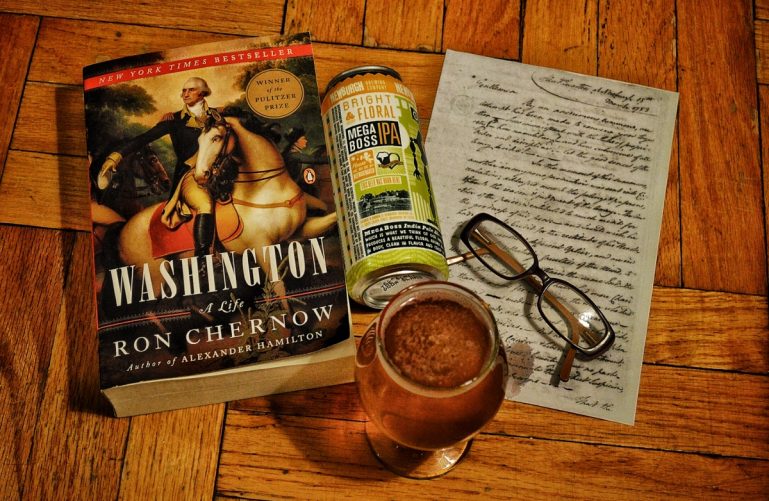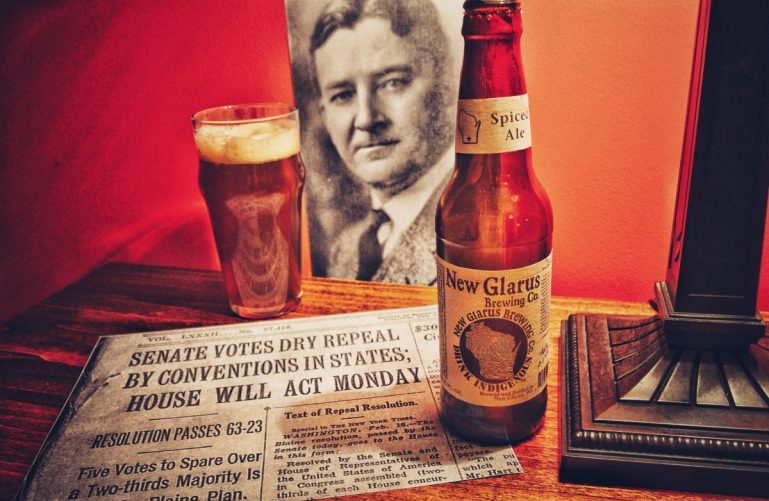The Lee Resolution: Paving the Way for IndepenDence
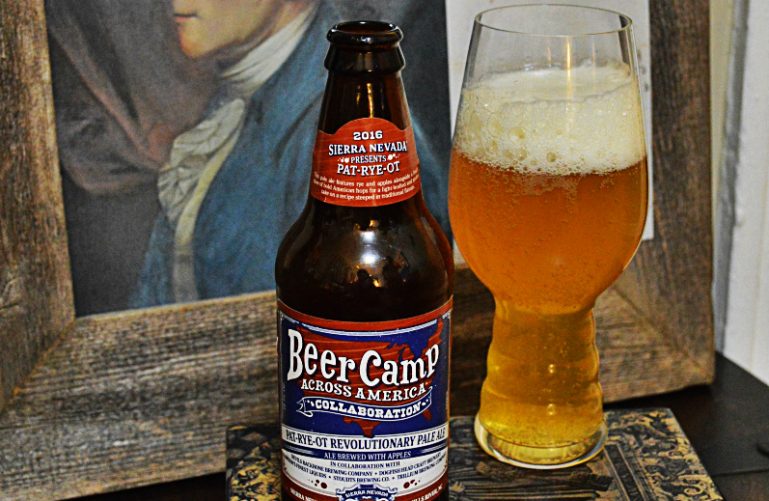
The Declaration of Independence reigns supreme as the rock star document of the Second Continental Congress and the American Revolution. From its epic opening words of “When in the course of human events. . .” to John Hancock’s oversized signature, the Declaration symbolizes the birth of a nation. However, without the much more understated, yet equally revolutionary Lee Resolution, the party wouldn’t have gotten started.
Richard Henry Lee: Progressive Colonial Politician
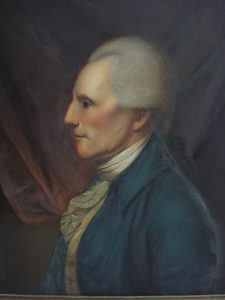
A Virginian planter, merchant, and politician, Richard Henry Lee was an early advocate for the independence of the colonies. After the Stamp Act of 1765, Lee penned the Westmoreland Resolutions which argued that colonists should only support the English sovereign if their rights and liberties were actively preserved. He reasoned that the Stamp Act, passed without any colonial representation in Parliament, violated these rights and therefore must not be paid or enforced. The Resolutions was deemed highly seditious by Crown supporters, but served as a call to arms for Virginian Patriots (who were likely already fired up by Patrick Henry’s infamous “Give Me Liberty or Give Me Death” speech during this same crisis). These progressive views, as well as the oratorical skills he displayed during his time in Virginia’s House of Burgesses, helped Lee secure his selection to represent Virginia in both the First and Second Continental Congresses.
On June 7th, 1776, Lee lived up to his rebellious political leanings and made the following resolution in Congress:
Resolved: That these united colonies are and of right ought to be free and independent States; that they are absolved from all allegiance to the British Crown, and that all political connection between them and the state of Great Britain is and ought be totally dissolved.
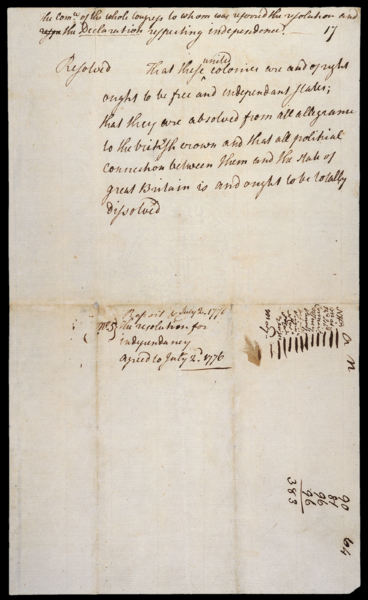
When the ensuing debates showed that not all of the colonies were ready to approve such a revolutionary, and highly treasonous, statement, Congress agreed to delay the vote for confirmation until July 1st. In the coming days, three separate committees were formed to prepare for the eventuality of independence: one to create a plan for making treaties, another to draft a constitution for the confederation of the colonies and the last to write a formal declaration explaining the reasons for independence (AKA THE Declaration of Independence).
After an additional postponement, the vote on the Lee Resolution finally occurred on July 2nd with 12 colonies voting in favor and one colony abstaining (New Yorkers today can’t decide what type of bagel to get without serious soul searching, so we can let this abstention slide). The colonies had their independence from England! Well, at least they claimed they did; now they just had make the British see the light.
As it is with history however, another event soon overshadowed this monumental accomplishment. A couple of days later, July 4th to be exact, the Continental Congress ratified the Declaration of Independence. And as we all know, July 4th, not July 2nd, became the official day to set off fireworks, grill hot dogs and drink copious amounts of American beer to celebrate our freedom from lukewarm British ales and tyranny. Without that initial resolution on June 7th, however, history may have been a bit different.
Craft Beer Pairing: Sierra Nevada Brewing Company
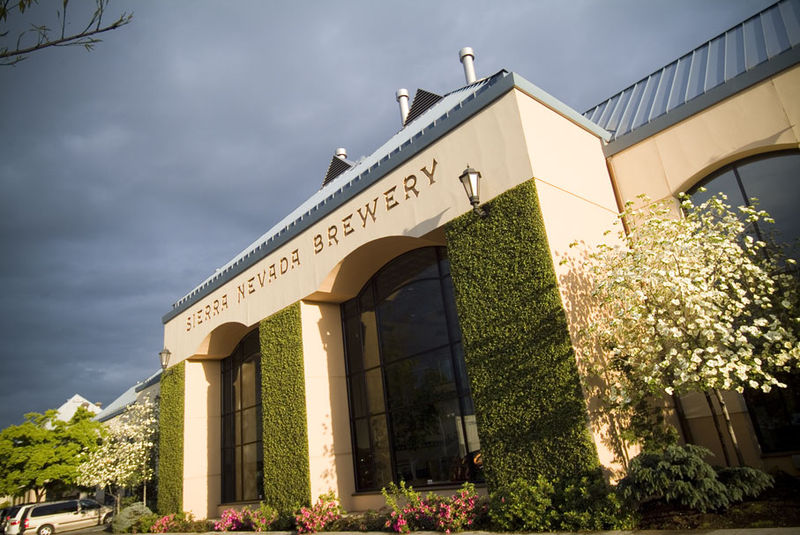
The Second Continental Congress brought together some of the greatest political minds in 18th Century America. Likewise, Sierra Nevada’s annual Beer Camp releases unite the top craft breweries across the United States to create fascinating collaborations. Pat-Rye-Ot Revolutionary Pale Ale is the brainchild of Sierra Nevada and their Northeastern and Mid-Atlantic collaborators: Devils Backbone (Roseland, VA), Dogfish Head (Milton, DE), Stoudts Brewing Company (Adamstown, PA), Lawson’s Finest (Warren, VT) and Trillium Brewing (Canton, MA). Looks like New York abstained yet again.

Combining rye and apples with Cluster and “Experimental” hops, Pat-Rye-Ot promises an “old-meets-new” spin on a pale ale. Pouring a light, effervescent golden with a quickly dissipating frothy head, it gives off a wonderfully complex aroma: some hoppy citrus and pine, cracker malts and a faint sense of tartness. The first sip was a bit of a shock, however, as I was instantly overwhelmed with rye. Some of the malts made their way through, but the dry and bitter finish made it difficult to taste anything else. I detected virtually no apple flavor (although some burps afterward did oddly taste like apples) and I couldn’t discern any of the lovely hops I had originally smelled. While light-bodied, it still threw my senses for a loop making it an interesting drinking experience. In the past I’ve been on the fence about Rye Pale Ales and IPAs. After Pat-Rye-Ot though, I’m firmly on the not for me side. Just goes to show you, that Ryevolutions aren’t always successful.

